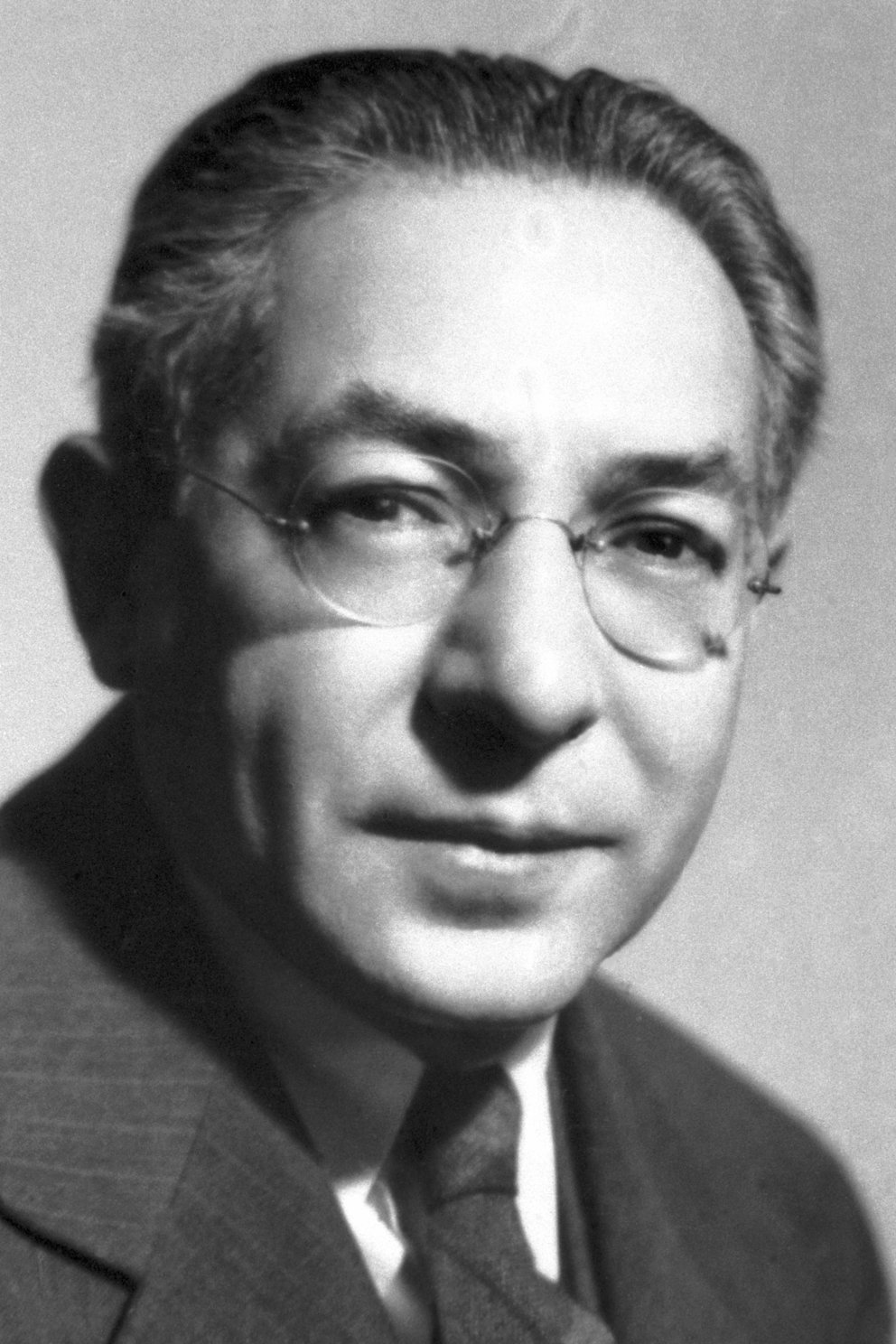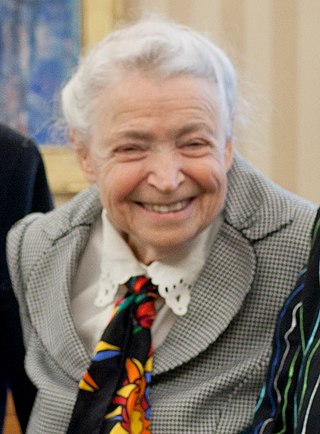
Isidor Isaac Rabi was an American physicist who won the Nobel Prize in Physics in 1944 for his discovery of nuclear magnetic resonance, which is used in magnetic resonance imaging. He was also one of the first scientists in the United States to work on the cavity magnetron, which is used in microwave radar and microwave ovens.

Steven Weinberg was an American theoretical physicist and Nobel laureate in physics for his contributions with Abdus Salam and Sheldon Glashow to the unification of the weak force and electromagnetic interaction between elementary particles.

John Clarke Slater was an American physicist who advanced the theory of the electronic structure of atoms, molecules and solids. He also made major contributions to microwave electronics. He received a B.S. in physics from the University of Rochester in 1920 and a Ph.D. in physics from Harvard in 1923, then did post-doctoral work at the universities of Cambridge (briefly) and Copenhagen. On his return to the U.S. he joined the physics department at Harvard.

The Royal Society of Chemistry (RSC) is a learned society in the United Kingdom with the goal of "advancing the chemical sciences". It was formed in 1980 from the amalgamation of the Chemical Society, the Royal Institute of Chemistry, the Faraday Society, and the Society for Analytical Chemistry with a new Royal Charter and the dual role of learned society and professional body. At its inception, the Society had a combined membership of 34,000 in the UK and a further 8,000 abroad. The headquarters of the Society are at Burlington House, Piccadilly, London. It also has offices in Thomas Graham House in Cambridge where RSC Publishing is based. The Society has offices in the United States, on the campuses of The University of Pennsylvania and Drexel University, at the University City Science Center in Philadelphia, Pennsylvania, in both Beijing and Shanghai, China and in Bangalore, India.

Mildred Dresselhaus, known as the "Queen of Carbon Science", was an American physicist, materials scientist, and nanotechnologist. She was an institute professor and professor of both physics and electrical engineering at the Massachusetts Institute of Technology. She also served as the president of the American Physical Society, the chair of the American Association for the Advancement of Science, as well as the director of science in the US Department of Energy under the Bill Clinton Government. Dresselhaus won numerous awards including the Presidential Medal of Freedom, the National Medal of Science, the Enrico Fermi Award, the Kavli Prize and the Vannevar Bush Award.
Society for Industrial and Applied Mathematics (SIAM) is a professional society dedicated to applied mathematics, computational science, and data science through research, publications, and community. SIAM is the world's largest scientific society devoted to applied mathematics, and roughly two-thirds of its membership resides within the United States. Founded in 1951, the organization began holding annual national meetings in 1954, and now hosts conferences, publishes books and scholarly journals, and engages in advocacy in issues of interest to its membership. Members include engineers, scientists, and mathematicians, both those employed in academia and those working in industry. The society supports educational institutions promoting applied mathematics.
The Royal Australian Chemical Institute (RACI) is both the qualifying body in Australia for professional chemists and a learned society promoting the science and practice of chemistry in all its branches. The RACI hosts conferences, seminars and workshops. It is the professional body for chemistry in Australia, with the ability to award the status of Chartered Chemist (CChem) to suitably qualified candidates.

Mar Baselios College of Engineering and Technology(Autonomous), is an engineering educational institution located at Thiruvananthapuram, Kerala, India offering engineering education and research. The college is located on a hillock in the Bethany Hills. The educational Institution is situated along the way from Kesavadasapuram to Mannanthala route, this road further extends to north of Kerala as the MC Road.

George McClelland Whitesides is an American chemist and professor of chemistry at Harvard University. He is best known for his work in the areas of nuclear magnetic resonance spectroscopy, organometallic chemistry, molecular self-assembly, soft lithography, microfabrication, microfluidics, and nanotechnology. A prolific author and patent holder who has received many awards, he received the highest Hirsch index rating of all living chemists in 2011.

Puducherry Technological University, is the first state Public technical and research university of the Union Territory of Puducherry which has been constituted by upgrading Pondicherry Engineering College (PEC) with the approval of University Grants Commission (India). PTU was inaugurated by Hon'ble Vice President of India, on 13.09.2021. The University was established as a Government Funded Technical institute(Gfti's) in 1984 by The Ministry of Education(MoE), Government of India under the Seventh Five Year Plan to meet the requirement of an engineering institution in the Union Territory of Puducherry.
Martin Allan Uman is an American engineer. He has been acknowledged by the American Geophysical Union as one of the world's leading authorities on lightning.
The Sloan Research Fellowships are awarded annually by the Alfred P. Sloan Foundation since 1955 to "provide support and recognition to early-career scientists and scholars". This program is one of the oldest of its kind in the United States.
The Electrochemical Society is a learned society based in the United States that supports scientific inquiry in the field of electrochemistry and solid-state science and related technology. The Society membership comprises more than 8,000 scientists and engineers in over 85 countries at all degree levels and in all fields of electrochemistry, solid state science and related technologies. Additional support is provided by institutional members including corporations and laboratories.
Dr. Rudolf Maria "Ruud" Tromp is a Dutch American scientist at IBM Research Division, Thomas J. Watson Research Center and a Physics Professor at Leiden University.
Donald Glen Fink was an American electrical engineer, a pioneer in the development of radio navigation systems and television standards, vice president for research of Philco, president of the Institute of Radio Engineers, General Manager of the IEEE, and an editor of many important publications in electrical engineering.

Walter Alexander "Walt" de Heer is a Dutch physicist and nanoscience researcher known for discoveries in the electronic shell structure of metal clusters, magnetism in transition metal clusters, field emission and ballistic conduction in carbon nanotubes, and graphene-based electronics.
Wayne B. Nottingham was a US physics professor at Massachusetts Institute of Technology (MIT), specialized on electronics, field electron emission, thermionics, photoelectrics and low pressure equipment.








